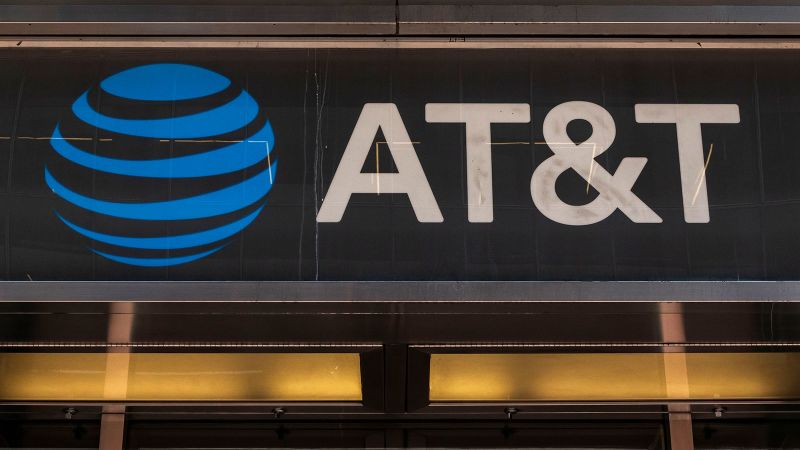Retail sales in the United States increased at a slower pace than anticipated in May, with high inflation and rising interest rates affecting US consumers. The Commerce Department reported that retail sales only rose by 0.1% from the previous month, despite economists forecasting a gain of 0.3%. This was an improvement from April’s 0.2% decline, but it fell short of expectations.
One of the biggest declines in sales was seen at gas stations, with a decrease of 2.2%. Excluding gas stations, overall sales went up by 0.3%. Purchases at furniture stores (-1.1%) and shops selling building materials and garden equipment (-0.8%) also decreased, while spending was strongest at specialty stores selling sporting goods, books, and musical instruments, which saw a significant increase of 2.8%.
Despite monthly retail sales increasing four times in the past six months through May, figures for April and March were revised downward due to inflation still being elevated and interest rates now at their highest in nearly 25 years as a result of the Federal Reserve’s aggressive rate-hiking campaign in 2022 to combat rising prices. Household savings accumulated during the Covid-19 pandemic are diminishing and may have already been depleted.
This story is still developing and will be updated as more information becomes available.


